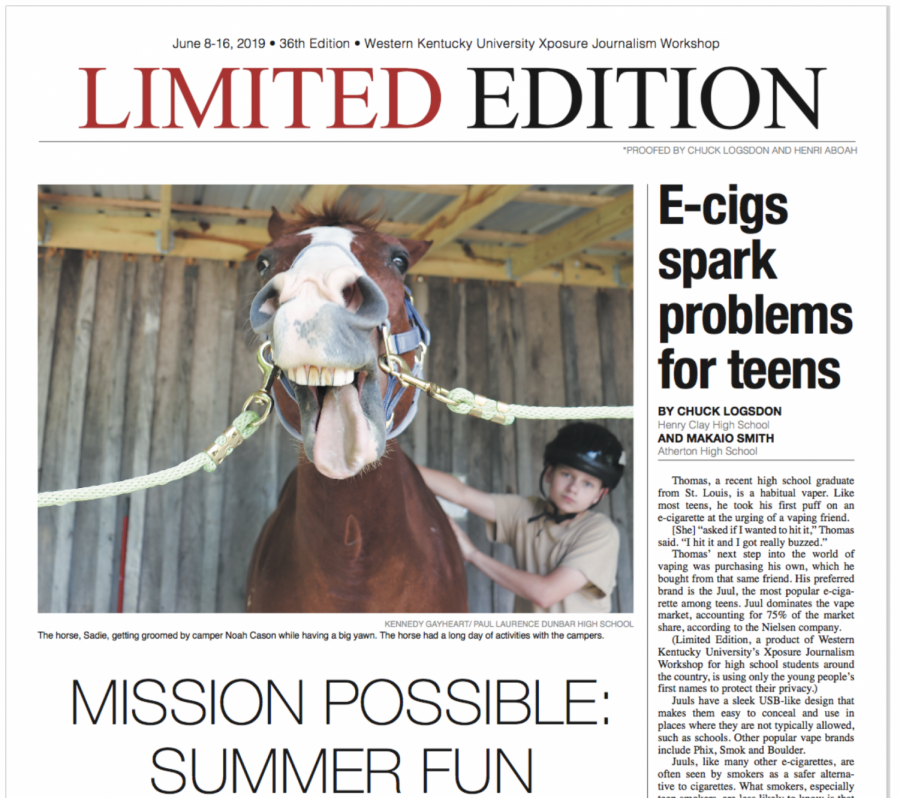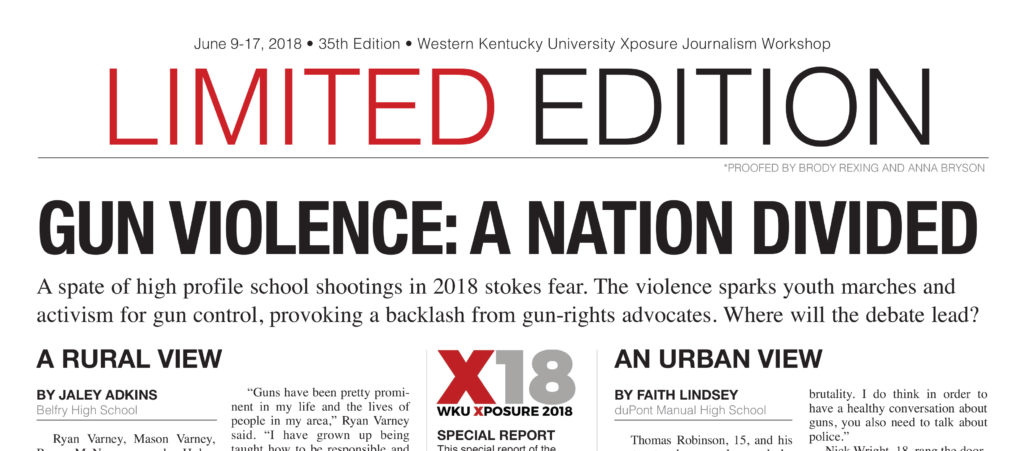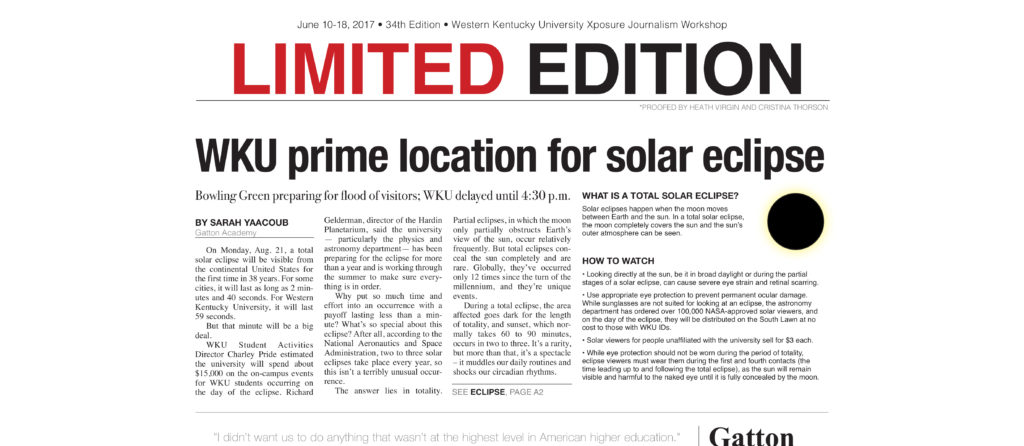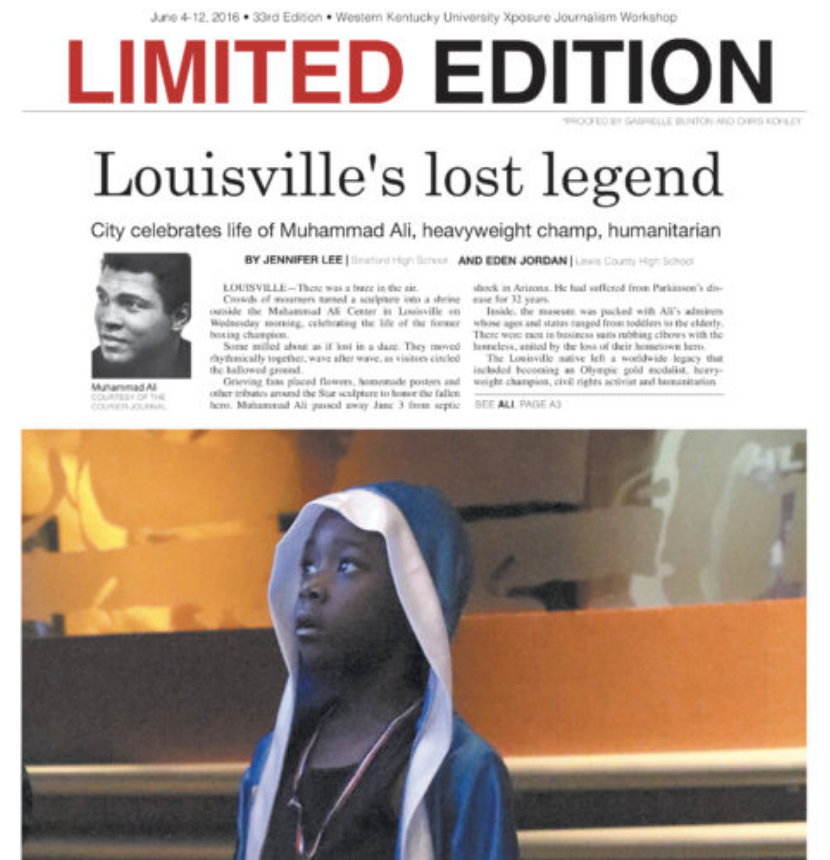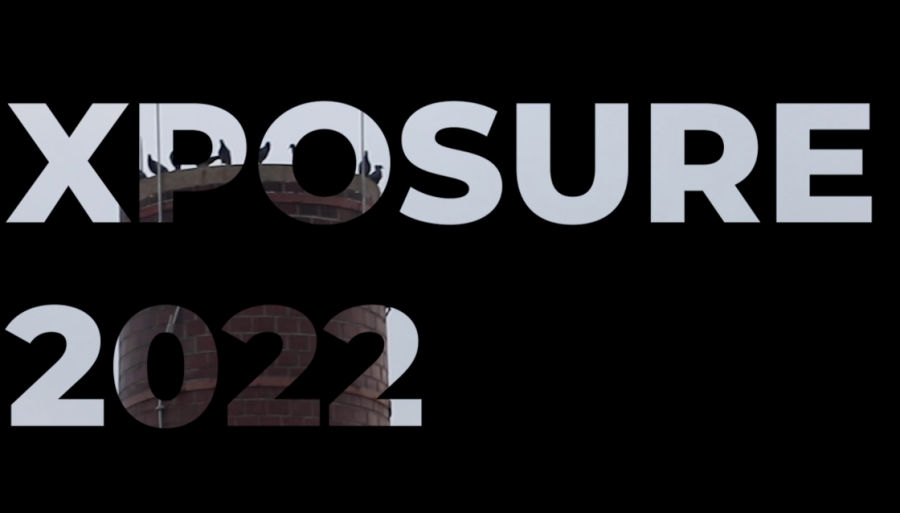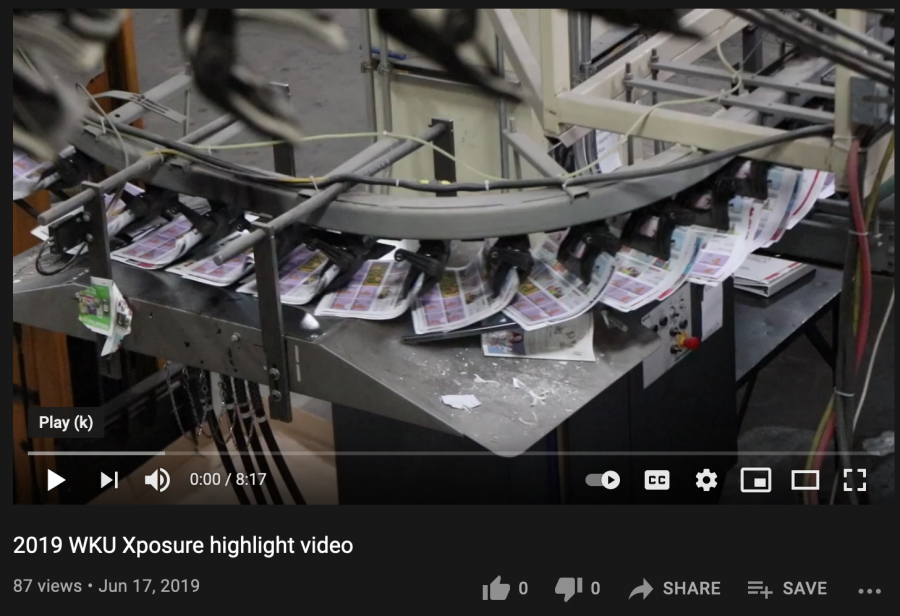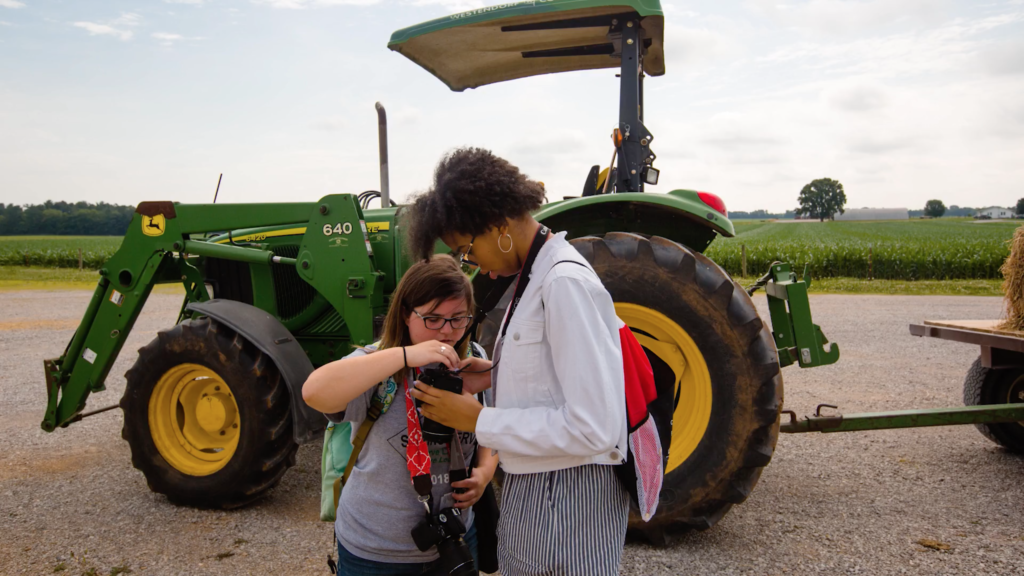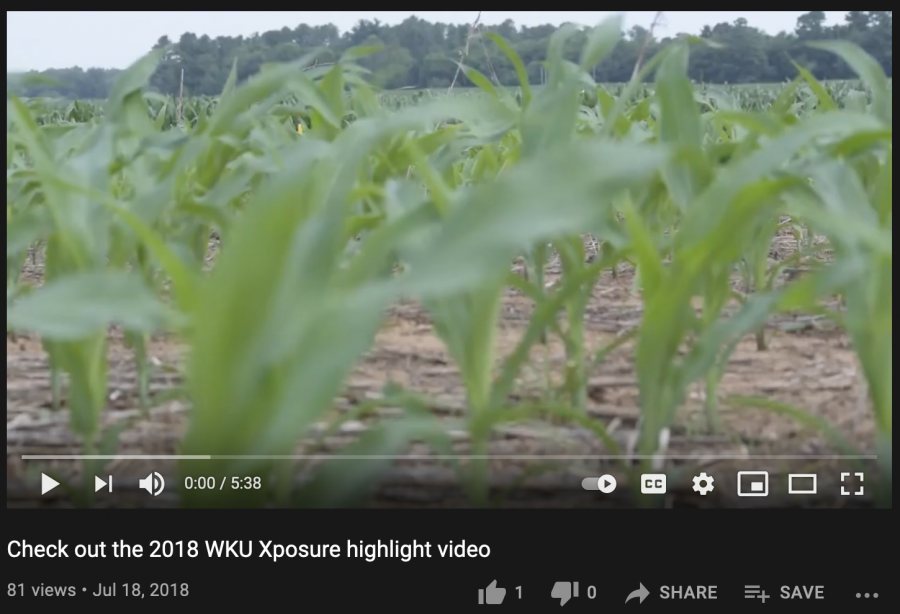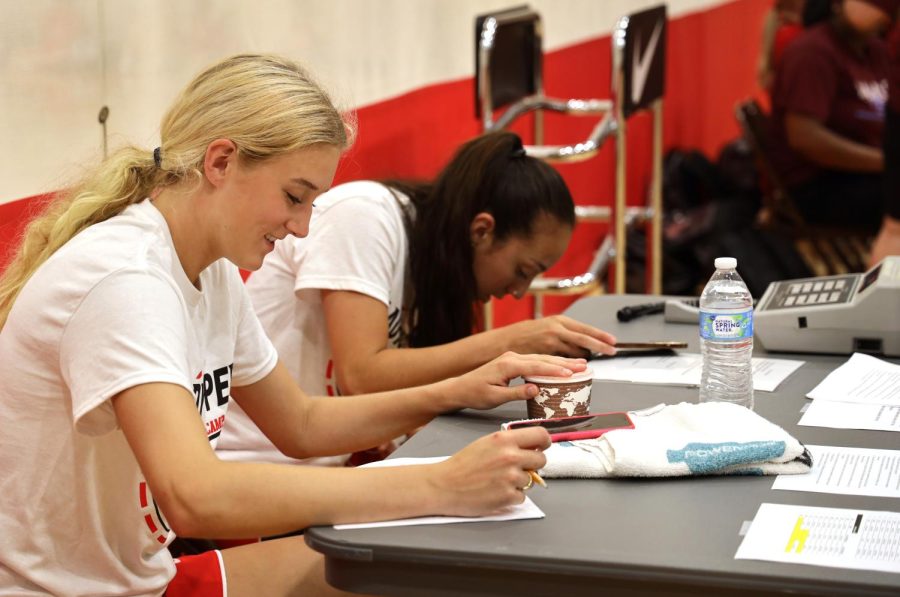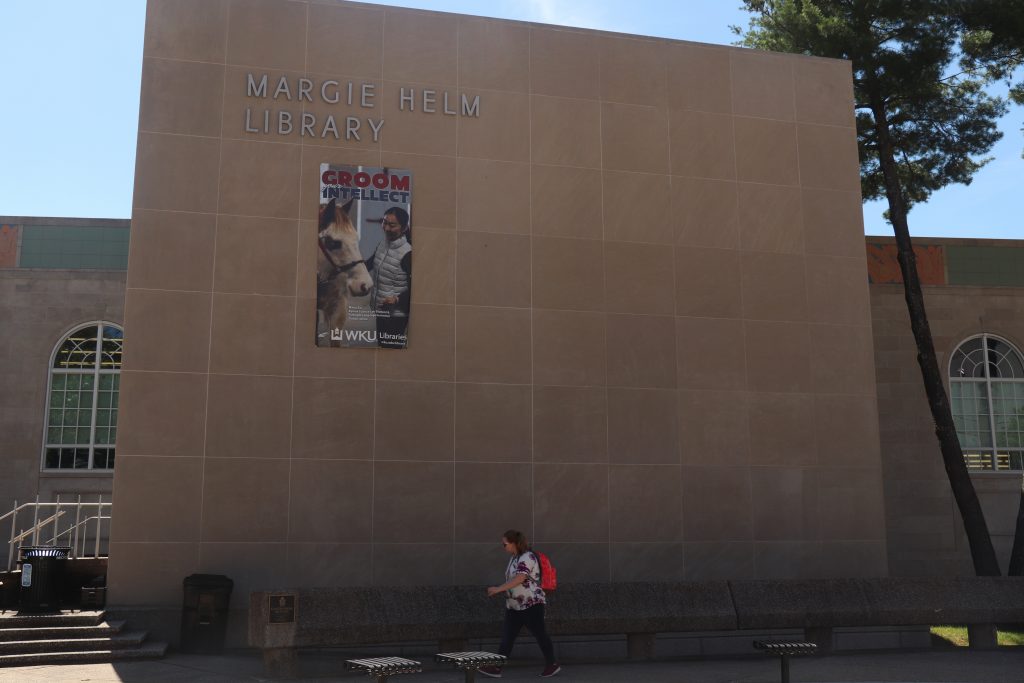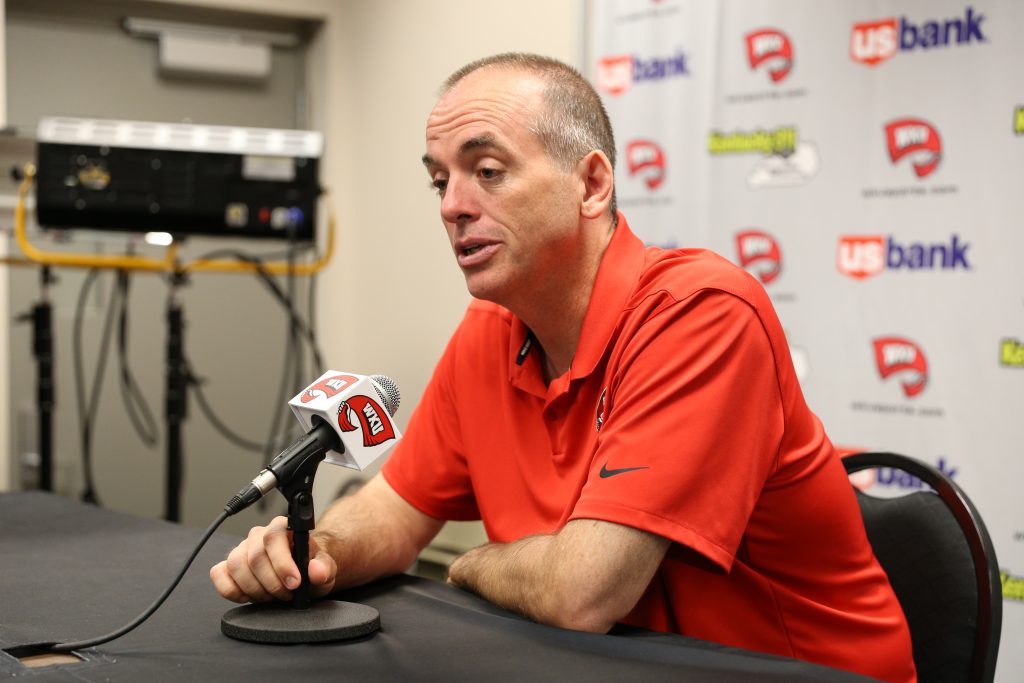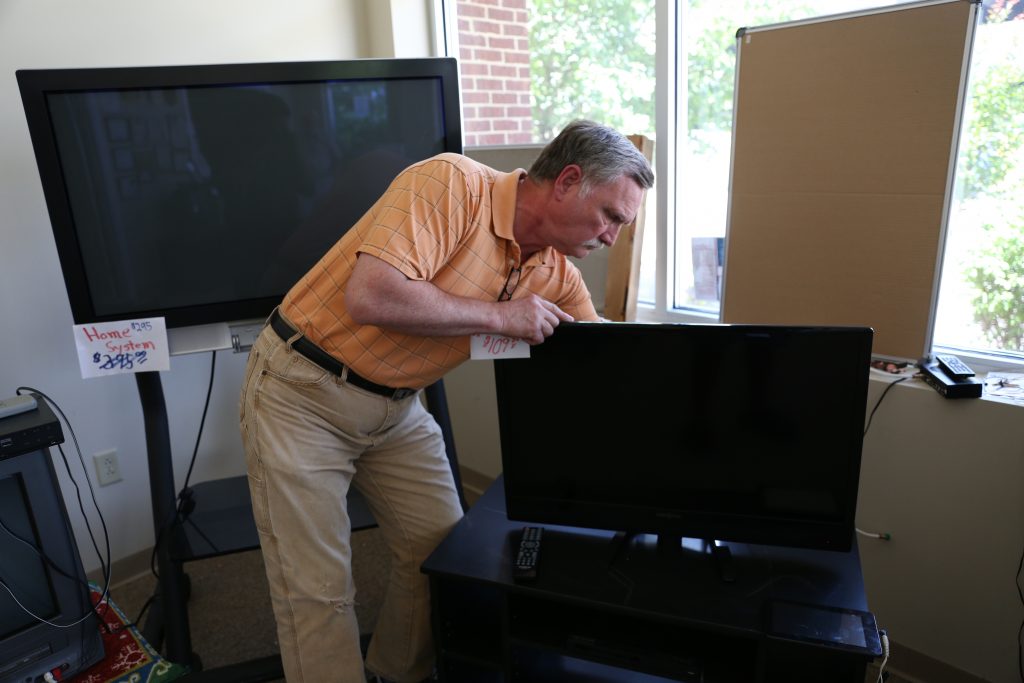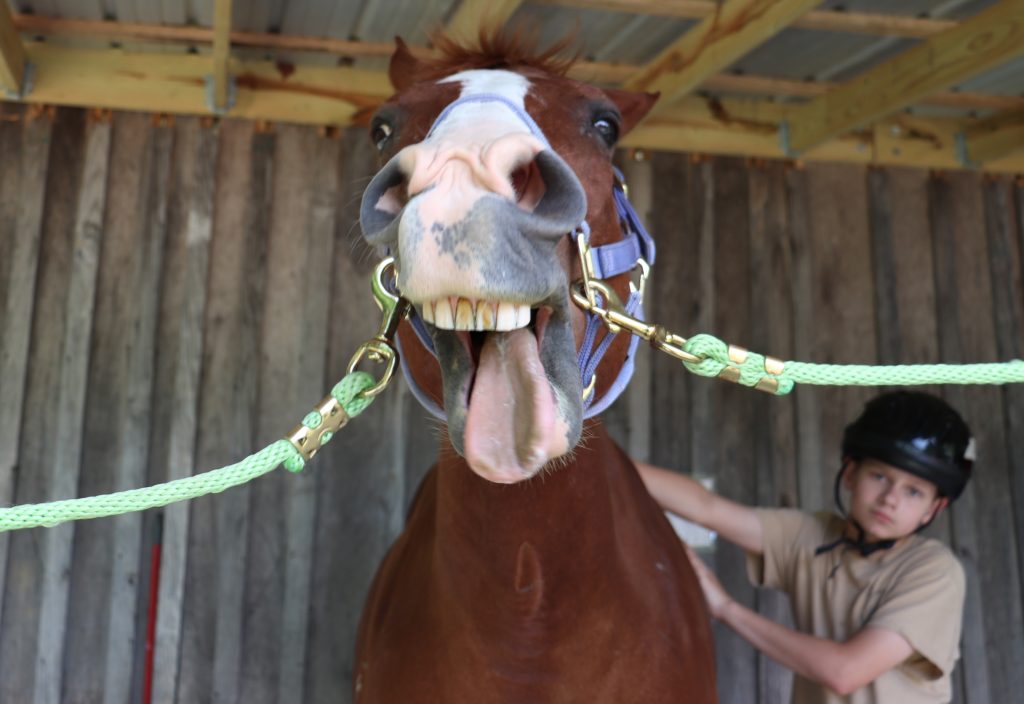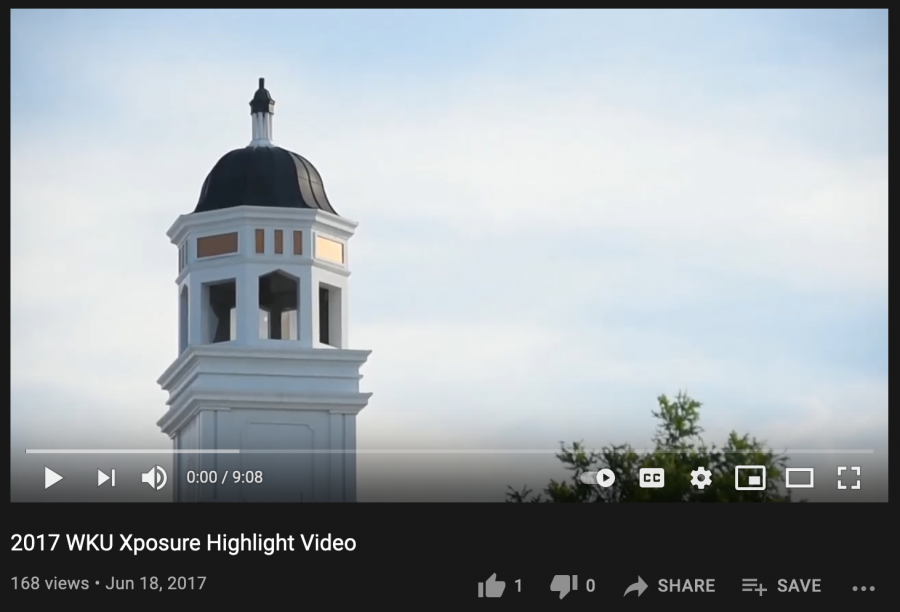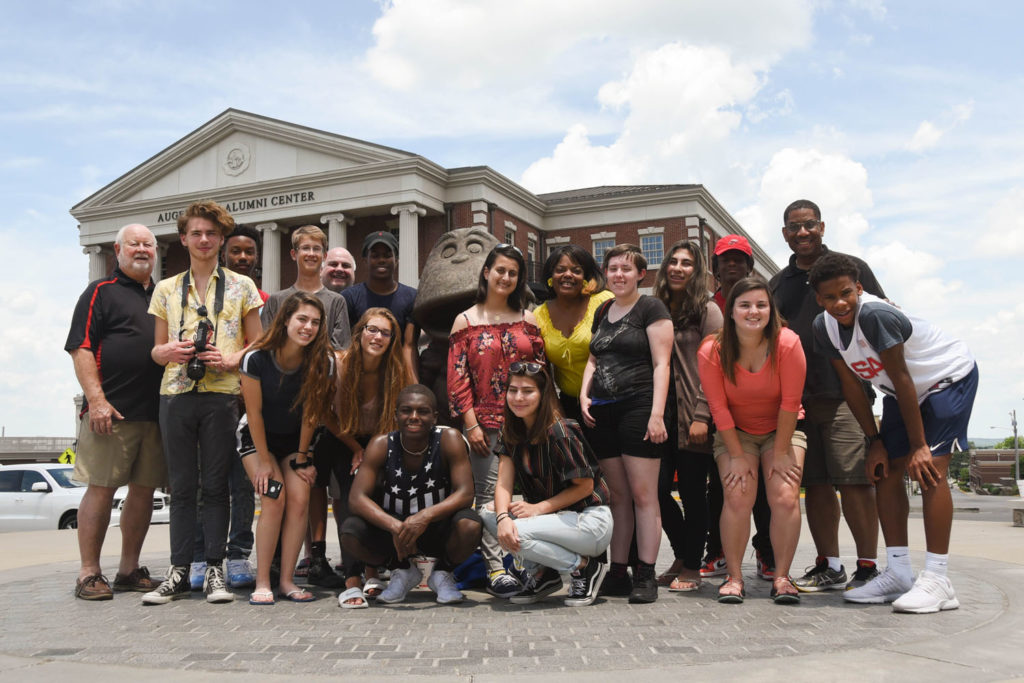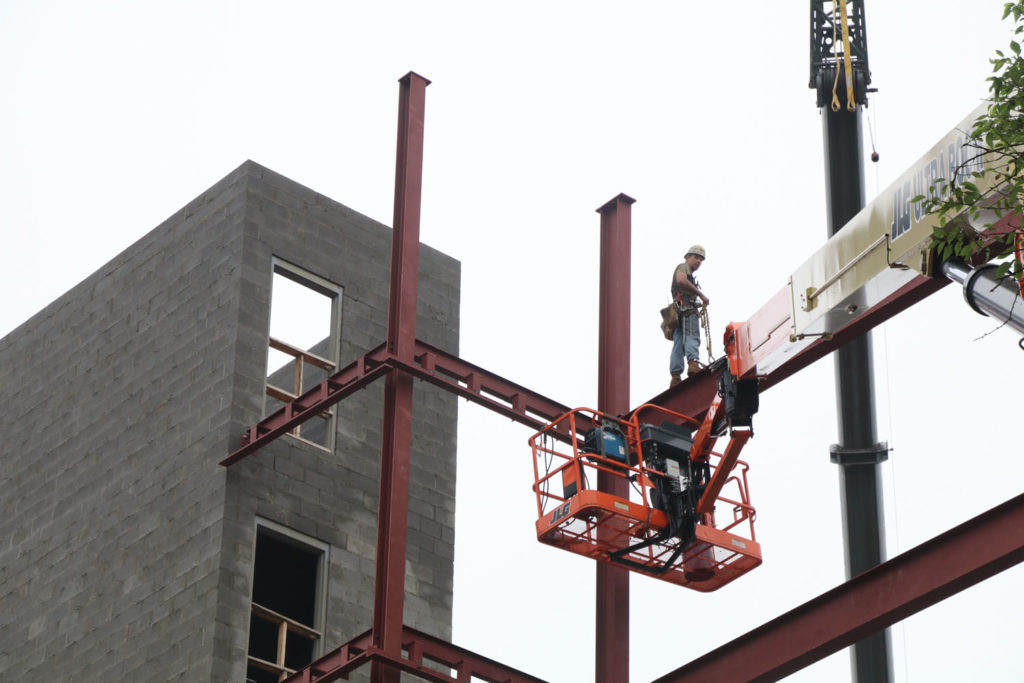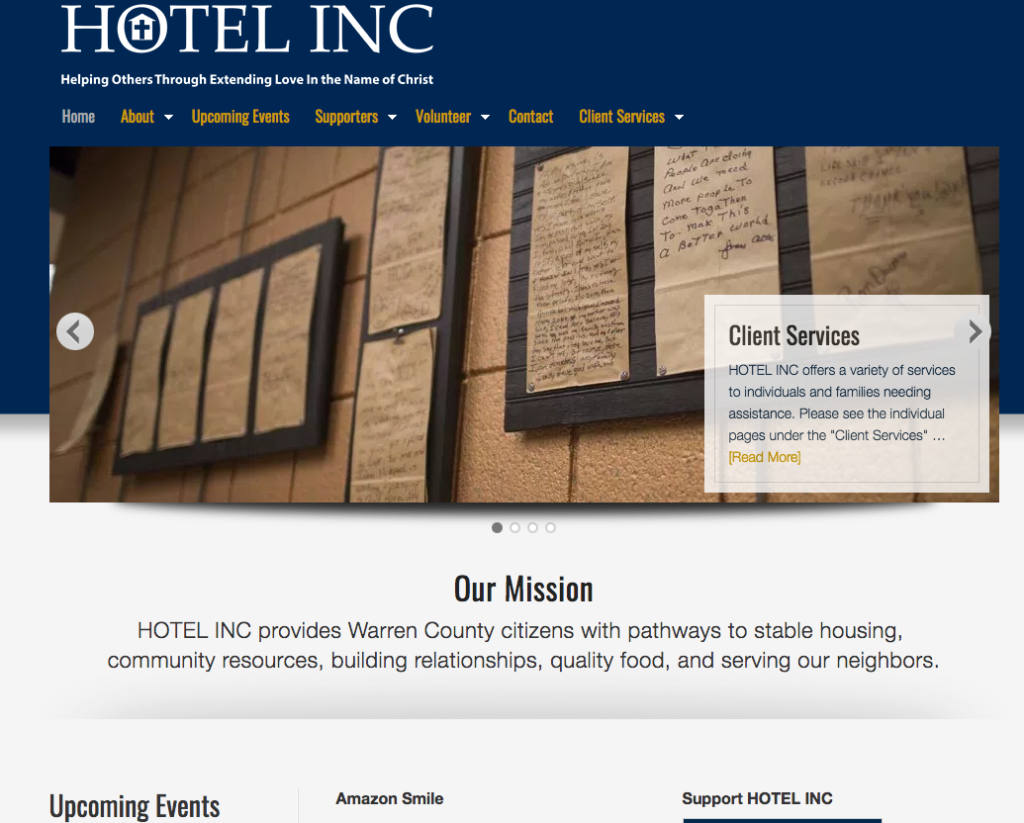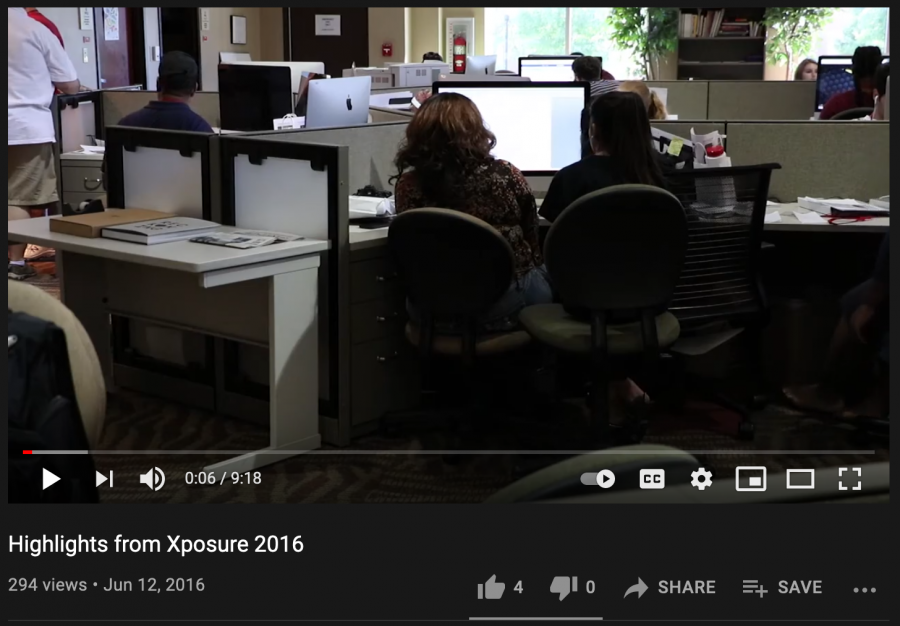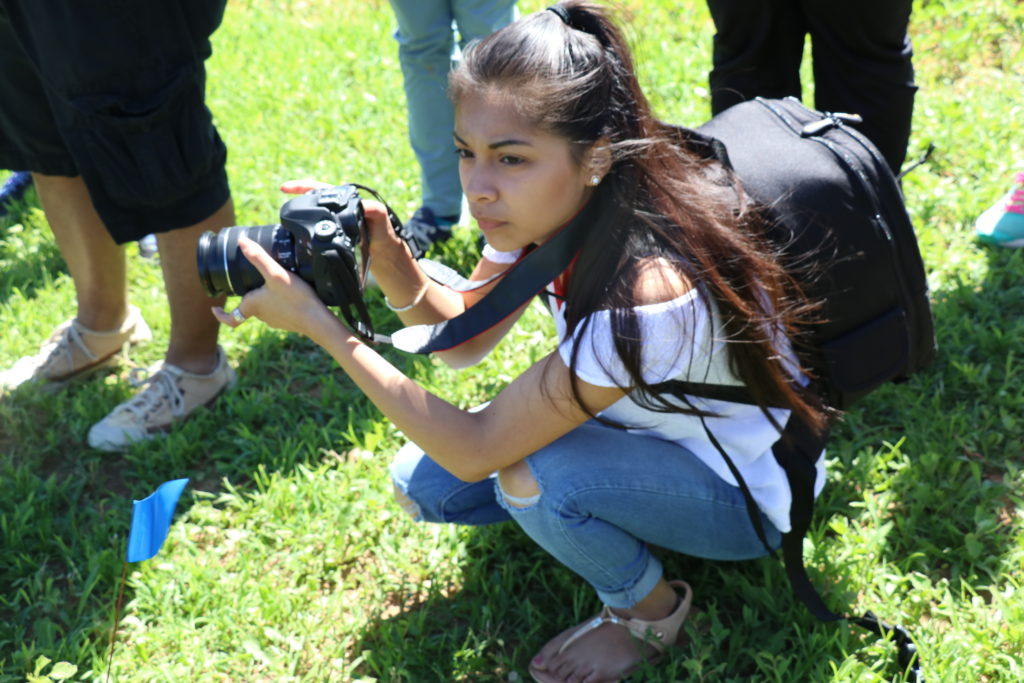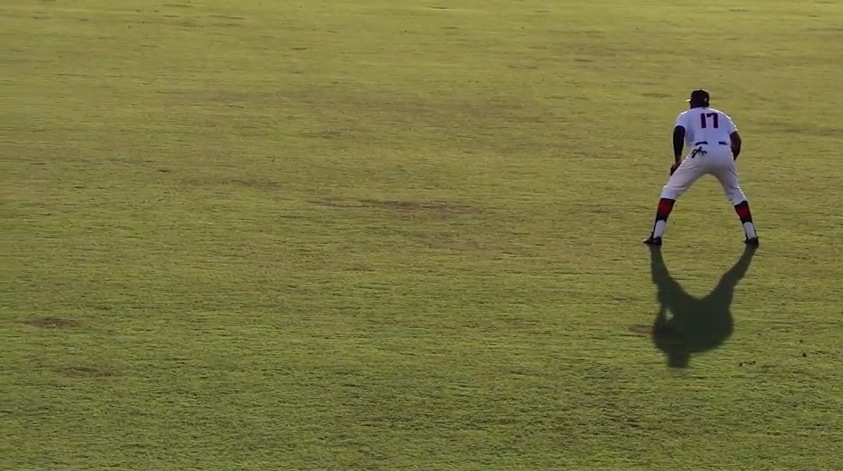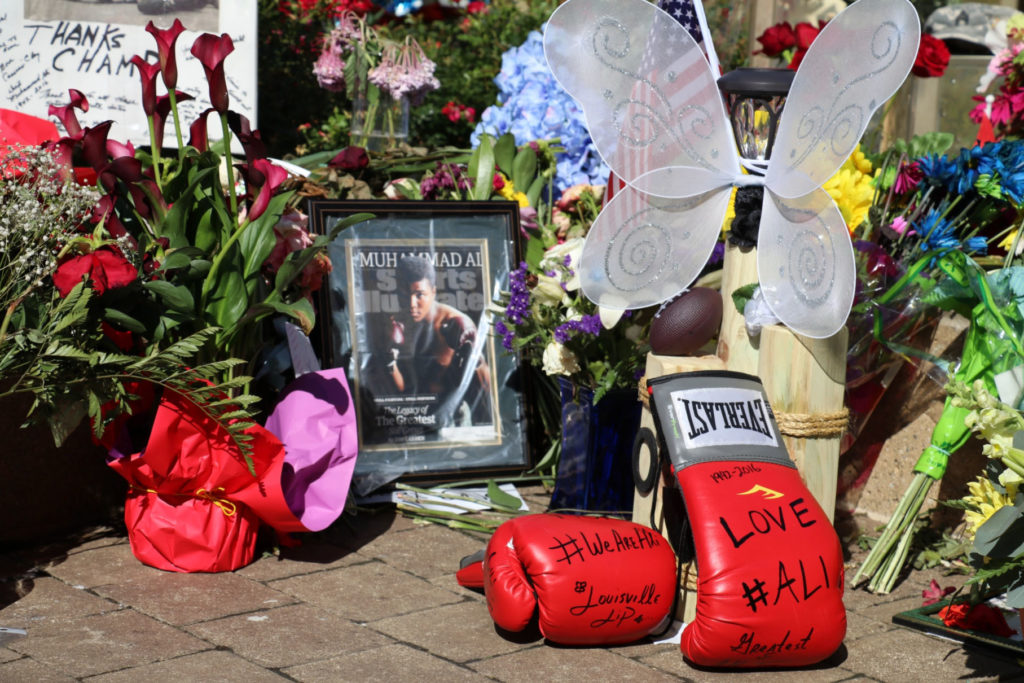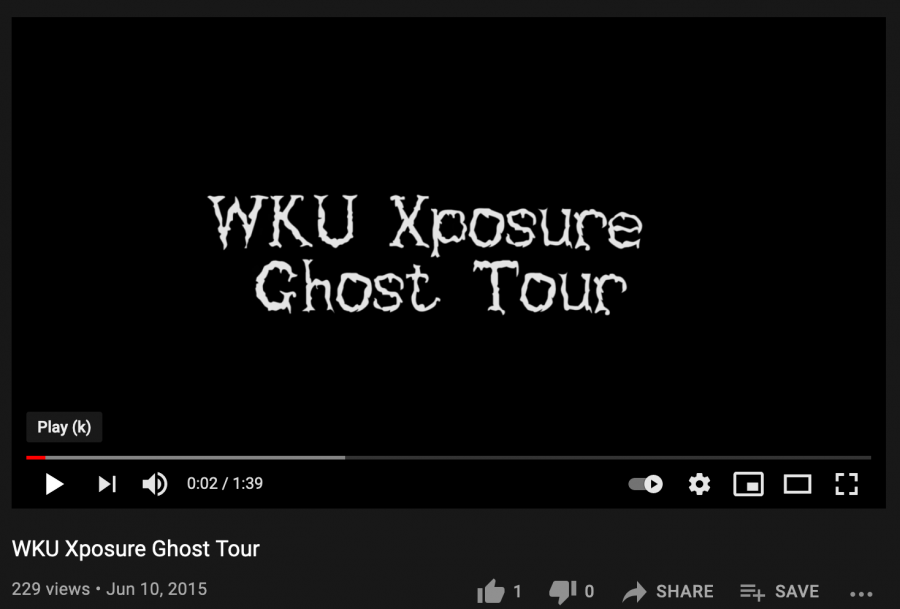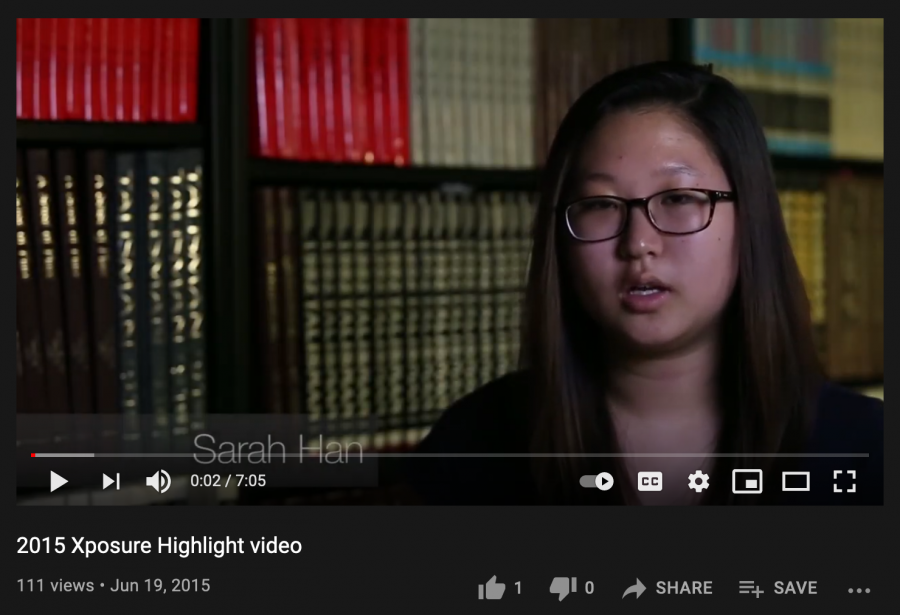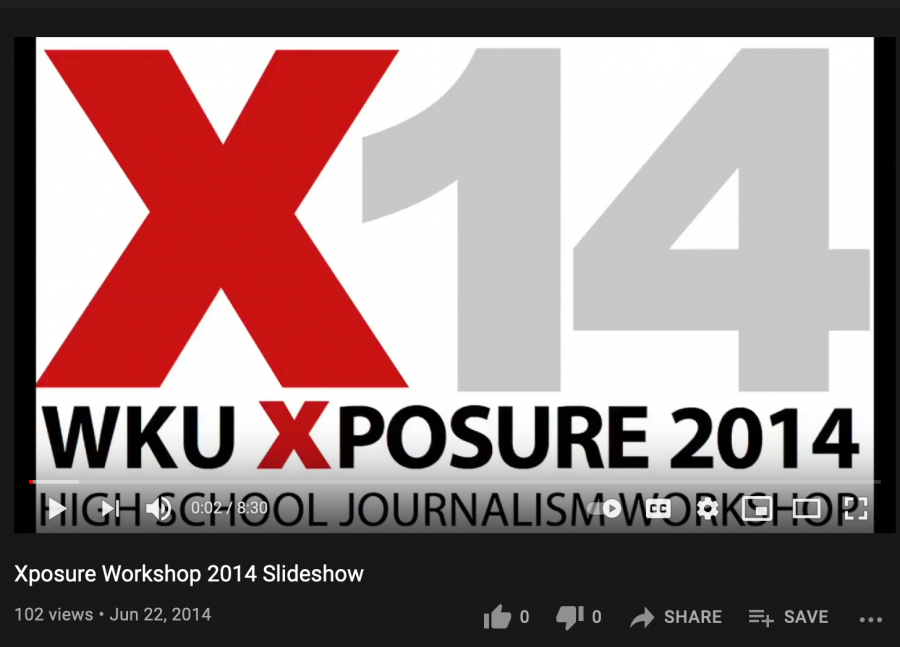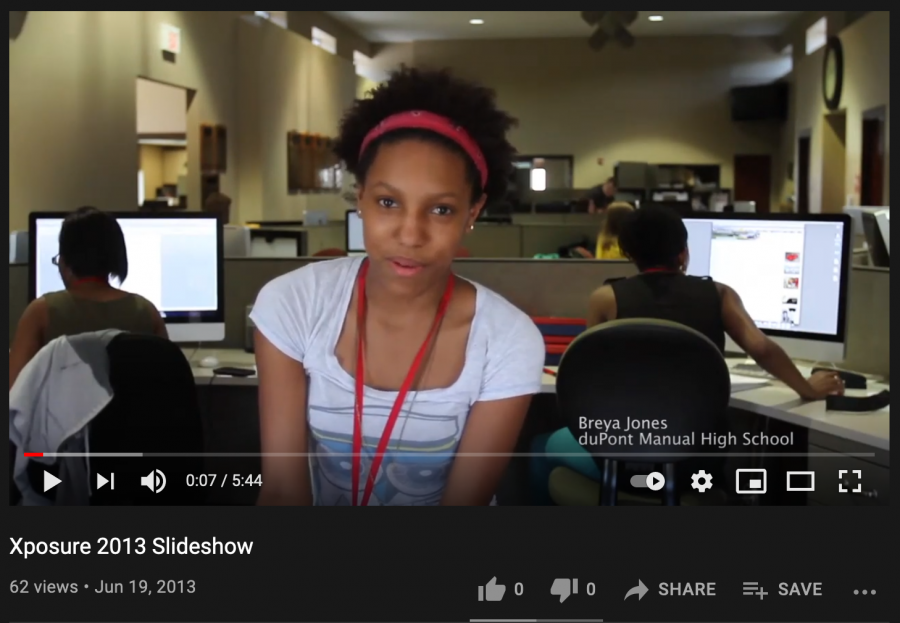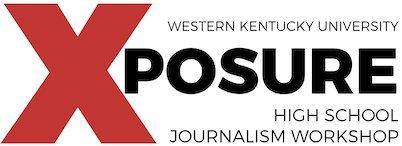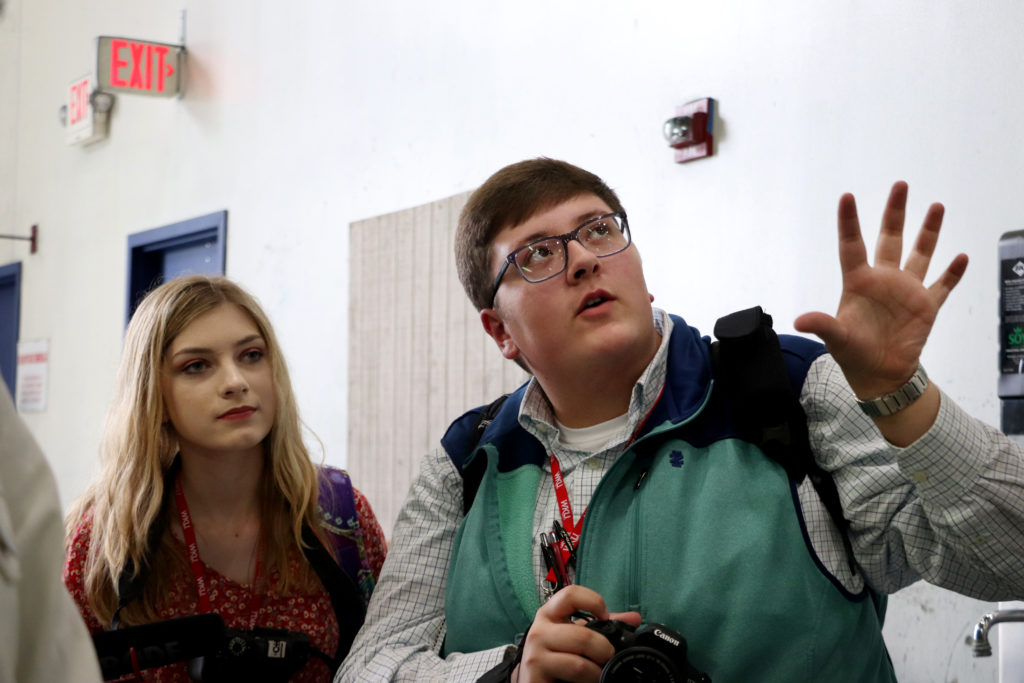By Georgia Mallett
Ellensburg High School
Kentucky’s largest city has deep roots in journalism, but the news business in Louisville is rapidly changing as technology transforms traditional newsrooms.
And changes to the Courier Journal, which has been Kentucky’s primary news source for a century and a half, are driving that transformation, both within the newspaper that has reduced its staff and adopted a digital-first stance and in competitors that have expanded to fill voids in coverage.
Two expanded news outlets show the evolution: Insider Louisville, a non-profit completely online news source, and Louisville Public Media, which operates three public radio stations and has invested heavily in what it calls “deep-dive” investigative journalism.
Both trace their expansions to the Courier Journal – which recently rebranded itself from the traditional, 150-year-old name of The Courier-Journal – and areas they saw as neglected in those changes.
“Other newsrooms started cutting back on their information and we began to see a void,” said Rachel Firkins, membership and volunteer coordinator for LPM.
At the Courier Journal, editors see the changes in coverage as responding to feedback from readers – both from comments on social media and from the amount of traffic stories and topics generate.
“Not only do we have interior editors, but we have exterior editors,” said Joel Christopher, executive editor of the news organization.
Insider Louisville
Inside the historic Stockyards Bank building in downtown Louisville, journalists from the online Insider Louisville newsroom work in a suite heavy with orange and gray tones and modern touches.
The group’s motto is painted on the wall in big, orange letters: “Buy Local. Read Local.”
An editor’s dog with an underbite and wearing a “chick magnet” sweater has the run of the newsroom and offices.
Insider Louisville covers a range of subjects ranging from politics, health and arts to public safety, education and economy – all areas that Insider Louisville editors and reporters felt had been under covered as the Courier Journal cut back its newsroom workforce.
The free news site recently became a non-profit organization and raises money by selling memberships. Its main goal is to create a more civically engaged community.
Darla Carter is a reporter recruited to Insider Louisville after her job at the Courier Journal was eliminated in a downsizing.
While at CJ, Carter worked in a newsroom transitioning from a print focus to online. When she arrived at Insider Louisville in April, she thoughts the online newsroom might be completely different – but it wasn’t.
“It hasn’t been that big of a transition because at the Courier, there was a big push of digital first,” Carter said. “The downside of digital first is that it can get old fast once it gets posted.”
Because of the 24-hour news environment, Carter said, people get information on everything all the time. The focus at the CJ, she said, was to post a story quickly before readers see it elsewhere.
“My old editor told me, ‘Just get it up, even if you only know one sentence of information,’” Carter said. “If you’re an old-school journalist, it sorts of gives you the willies.”
While she covers the same general area – health care – at Insider Louisville, Carter said the environment of the upstart newsroom brought back her appreciation of being a journalist.
“Because you can post stories whenever you need to, it’s more laid back,” Carter said. This gives more time to fact check, put information into context and make the story readable and important to the audience, she said. “We must do something to hook them.”
That process differentiates journalism from others online, such as bloggers, Carter said.
“There’s been such a blurring of the lines,” she said. “Just because you’re a blogger online doesn’t mean you’re a journalist.”
Louisville Public Media
Louisville Public Media stands in a vintage building in the heart of downtown Louisville, blasting new age music onto Fourth Street.
LPM was created when three independent public radio stations combined forces to operate under one umbrella that could more effectively raise money to support the operations. Originally called the Public Radio Partnership, LPM now reaches about 200,000 people a week through its three stations – an NPR affiliate, a classical music station and an alternative music station. Together, the stations cover news, music, fine arts and more.
Five years ago, leaders at LPM saw what they considered a retrenchment from “deep-dive” investigative journalism across the state, particularly as the Courier Journal began to focus more on metro Louisville than the entire state.
Their response: Launch the Kentucky Center for Investigative Reporting, a non-profit division that hired reporters and editors to focus on watchdog journalism, both in Louisville and around the state. Initially funded by major grants, the KyCIR now generates enough financial support that it is self-sustaining, Firkins said.
“A lot of local media miss the wrongdoings happening,” said Firkins. KyCIR reports are offered free of charge to Kentucky news organizations, and its reporting has led coverageon many issues, such Louisville’s mayor’s spending of taxpayer money to entertain a secret list of people during the Kentucky Derby, sexual harassment in the Kentucky Statehouse, Kentucky police being associates to prostitution rings and more.
This year, the KyCIR won a Peabody Award for its investigation of state Rep. Dan Johnson of Bullitt County, called “The Pope’s Long Con.”
Through a seven-month investigation, KyCIR found the conservative preacher turned politician to have been accused of attempted arson, false testimony and child molestation. The center interviewed more than 100 people and searched through thousands of public records to expose Johnson’s record, which traditional newsrooms did not catch when he was running for office.
“For years, Johnson broke laws. Now, he helps make them,” wrote R.G. Dunlop and Jacob Ryan, the reporters on “The Pope’s Long Con.”
The report – originally crafted as five-part radio segments and podcasts – generated intense attention when, after the third installment, Johnson committed suicide.
The Peabody Award the story earned benefitted KyCIR’s credibility. However, it resulted in some terror for the people who aired it.
“We received threats from his church members to avenge his name,” Firkins said, noting that LPM called in extra security in the days after the report aired.
For LPM, the project demonstrated that in-depth investigative reporting – long the territory of newspapers – had a home in a radio-based environment.
“Audio is more intimate than print. The audience feels more connection and trust,” said Ryan Van Velzer, a reporter for WFPL, the organization’s NPR affiliate. “Having someone tell you news breaks a whole other level than just on print. Radio tells stories for the ear, not the eye.”
Courier Journal
The newsroom at the Courier Journal looks to be rooted firmly in the 1970s – something that Joel Christopher said will be a thing of the past by the end of the year, thanks to a $2 million renovation project getting under way.
The newspaper has a rich tradition as Kentucky’s main source of news, four times winning the Pulitzer Prize, the top honor in American journalism.
Today, though, the news organization is deep in transition. The newsroom is less than one-fourth the size it once was. Its focus is metro Louisville, no longer the entire state. And the sweeping changes of technology has forced it to move from a print-first to a digital-first mentality.
Today, Executive Editor Christopher said, about 90 percent of the newsroom’s energy is focused on its digital report, with the content of the printed newspaper being handled by a design center four floors above the newsroom that also pieces together dozens of other newspapers owned by the CJ’s owner, Gannett.
“Print is still very important to our business,” Christopher said, but “we are more concerned about the content than delivery.”
He said the Courier Journal is trying to become more diverse within its newsroom to gain different perspectives into different people’s lives. “The diversity of thought, of experience, is way too narrow right now,” he said.
Refocusing the newsroom on digital delivery, he said, has brought more interaction with readers, with direct feedback on how popular a story or topic is, as measured by website traffic, as well as an ongoing commentary on the newsroom’s social media outlets.
The newsroom, which has been through several reorganizations, must be more nimble to respond to the community’s wants and needs, he said.
“These days, there is a deeper connection more than ever in journalism and the readers,” Christopher said.


